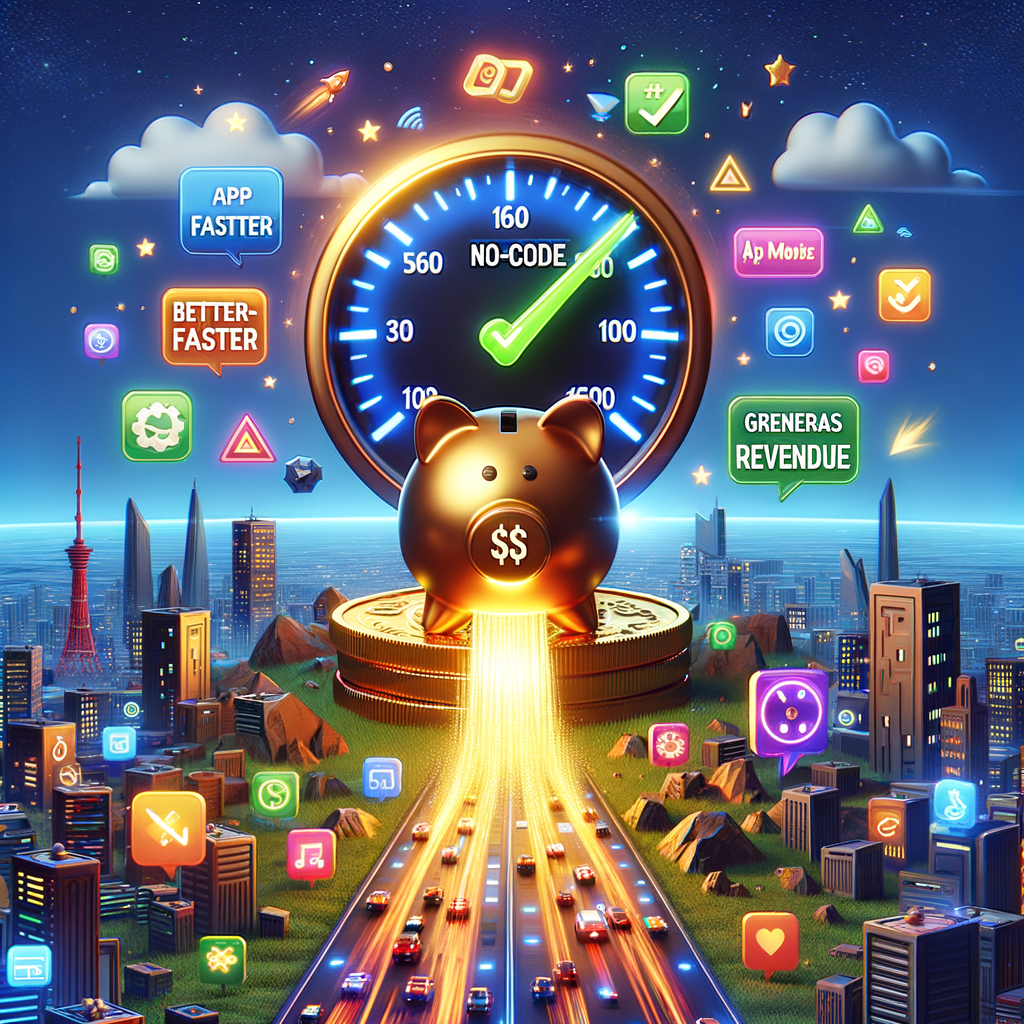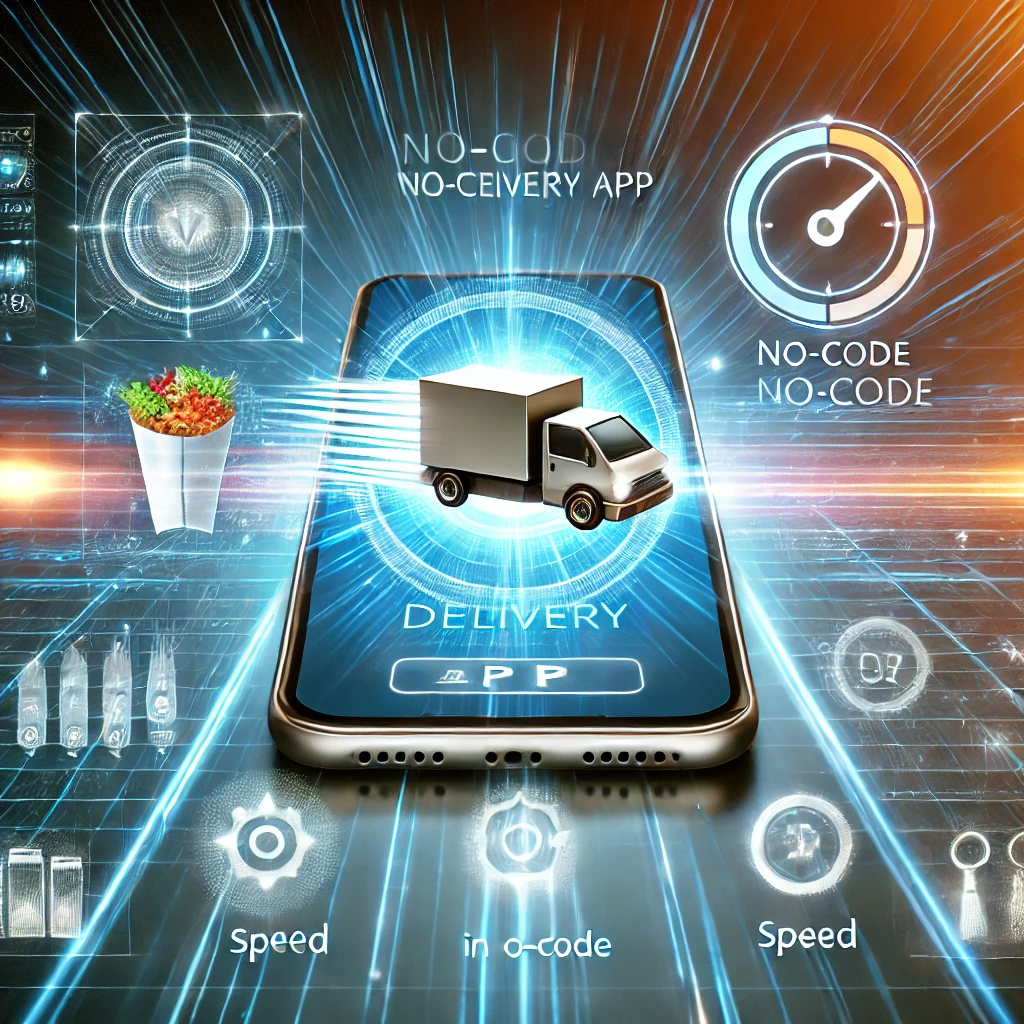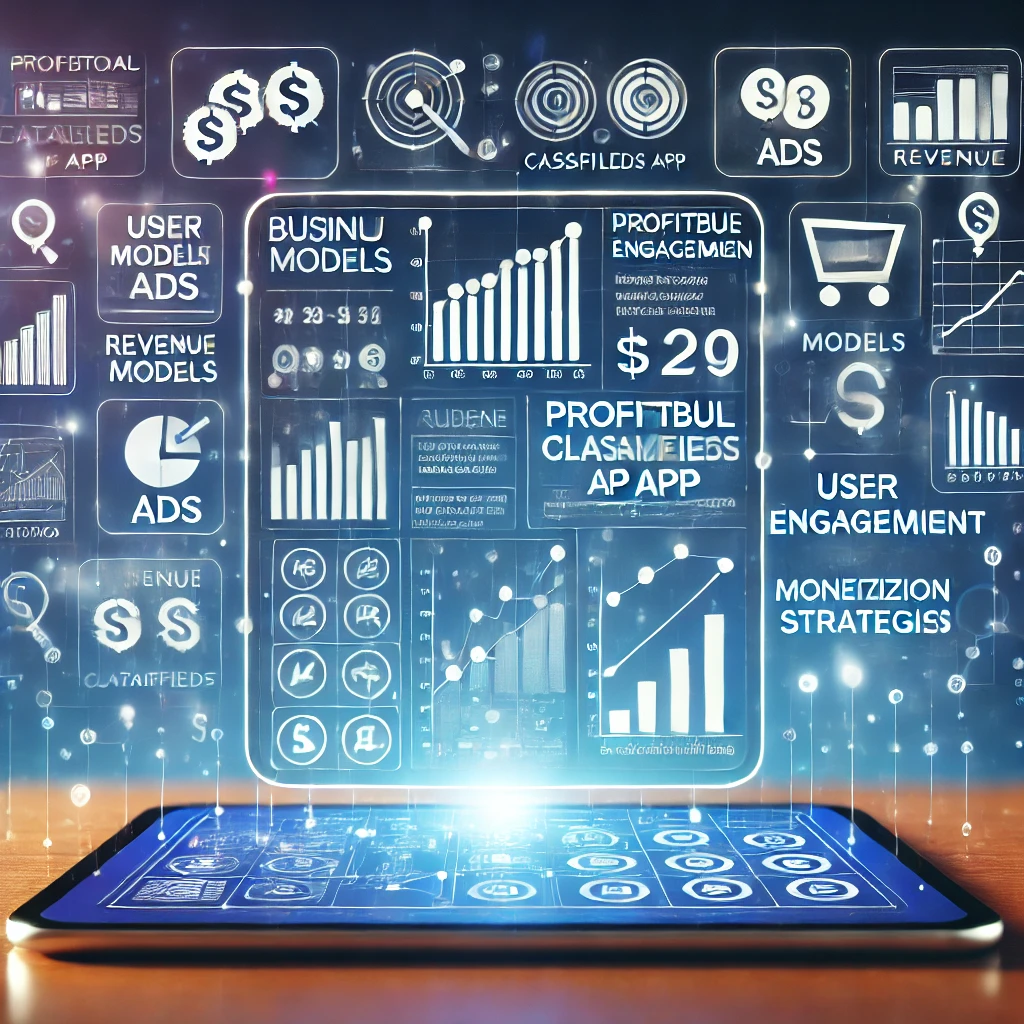
The ride-hailing industry is expected to surpass $350 billion by 2030, driven by the growing demand for convenient, affordable, and safe transportation. Launching a taxi app like Uber presents a lucrative opportunity—but success depends on strategic marketing. This step-by-step action plan outlines how to launch, grow, and dominate your local ride-hailing market effectively.
Ready to accelerate? Follow this guide, and riders and drivers will sign up quickly!
Pre-Launch Phase (Weeks 1–4)
Objective: Build brand awareness, generate excitement, and onboard drivers before launching.
Week 1: Market Research & Positioning
Identify Your Target Market:
Focus on a specific niche or underserved market (e.g., suburban areas, airports, corporate transport).Competitor Analysis:
Study local competitors like Uber, Lyft, or smaller regional players. Identify gaps in service, pricing, or user experience.Define Your Unique Selling Proposition (USP):
What sets you apart? Focus on factors like:
Lower pricing.
Faster response times.
Unique features (e.g., eco-friendly rides, female-only drivers, luxury vehicles).
“Be the solution that your competitors aren’t providing!”
Week 2: App Development & Branding
Build Your App with Appzky:
Use Appzky’s no-code platform to create your app with features like:
Real-time tracking.
Driver and rider matching.
In-app payments and ride scheduling.Develop a Strong Brand Identity:
Logo and app design that convey trust and reliability.
Brand name that is easy to remember and resonates with your audience.
“Your app is your brand—make it unforgettable!”
Week 3: Driver Onboarding
Recruit Drivers:
Run ads on Facebook, Google, and LinkedIn targeting local drivers.
Partner with driving schools or local businesses to recruit drivers.
Offer attractive sign-up bonuses (e.g., $200 after 20 rides).Set Up Driver Training & Support:
Provide training on using the app, customer service, and safety protocols.
Create a driver support hotline or chat for real-time assistance.
“The more drivers you onboard, the faster you’ll scale!”
Week 4: Pre-Launch Buzz & User Sign-Ups
Create a Pre-Launch Landing Page:
Collect email addresses from users interested in early access.
Offer an exclusive launch promotion (e.g., $10 off the first ride).Build a Social Media Presence:
Launch Instagram, Facebook, and Twitter accounts.
Share sneak peeks, driver interviews, and app features.
Use hashtags like #YourCityRides, #EasyCommute, or #FutureOfTransport.
“FOMO works! Make your audience feel like they’re missing out if they don’t sign up.”
Launch Phase (Weeks 5–8)
Objective: Acquire your first users, generate initial rides, and gather feedback.
Week 5: Soft Launch
Launch in a Small Test Market:
Start in a limited area (e.g., one city or neighborhood) to test operations.Offer Free or Discounted Rides:
✅ Run a limited-time offer: “First 5 rides FREE!”
✅ Partner with local events or businesses to offer free rides for attendees.Gather Feedback:
✅ Collect user feedback via in-app surveys and email follow-ups.
✅ Use the feedback to fix bugs, improve UX, and refine pricing strategies.
🔥 “User feedback is your secret weapon to building a better app.”
Week 6: Launch Publicly
Launch Citywide:
Expand the app’s availability to your entire target region.Implement Referral Programs:
✅ Riders earn $5 for every friend they refer.
✅ Drivers earn bonuses for referring other drivers.Partner with Influencers:
Collaborate with local influencers to promote your app on social media.
🚀 “Word of mouth is your best friend—turn riders and drivers into brand ambassadors!”
Week 7: Paid Advertising & PR
Run Paid Ads:
✅ Google Ads targeting “taxi near me,” “cheap rides,” and “airport transfers.”
✅ Facebook and Instagram ads showcasing app features and testimonials.Leverage PR:
✅ Send press releases to local media about your launch.
✅ Highlight your USP and early success stories.
💡 “Be everywhere your potential riders are looking for a ride.”
Week 8: Customer Retention Strategies
Launch Loyalty Programs:
✅ Offer discounts for repeat riders (e.g., 10 rides = 1 free ride).
✅ Provide exclusive offers for corporate clients or frequent travelers.Incentivize Drivers:
✅ Reward top-performing drivers with bonuses or gift cards.
✅ Recognize drivers publicly for exceptional service.
🔥 “Retention is cheaper than acquisition—keep riders and drivers happy!”
Post-Launch Growth Phase (Months 2–6)
Objective: Expand your user base, increase revenue, and scale to new regions.
Month 2: Expansion & Partnerships
Expand to New Areas:
Use data from your soft launch to identify high-demand regions.Partner with Local Businesses:
✅ Collaborate with hotels, restaurants, and event venues to offer exclusive ride deals.
✅ Offer corporate ride packages for businesses with frequent travel needs.
Month 3: Continuous App Improvement
Launch New Features:
✅ Add ride scheduling, multiple payment options, or loyalty rewards.
✅ Use Appzky’s modular design to integrate new features quickly.Enhance Customer Support:
✅ Introduce 24/7 live chat or a dedicated support line.
✅ Provide in-app FAQ and help guides.
Months 4–6: Scale & Dominate
Expand Marketing Efforts:
✅ Launch video ads showcasing user success stories.
✅ Host events and sponsor local community activities.








